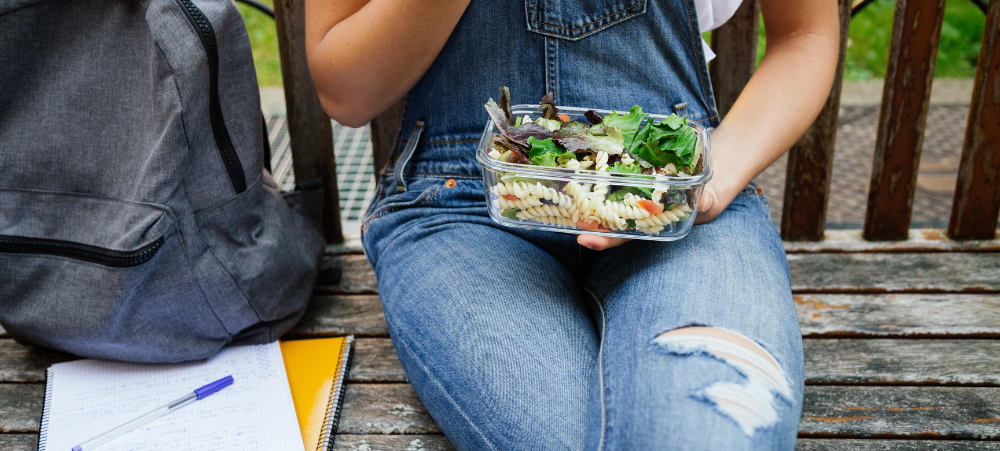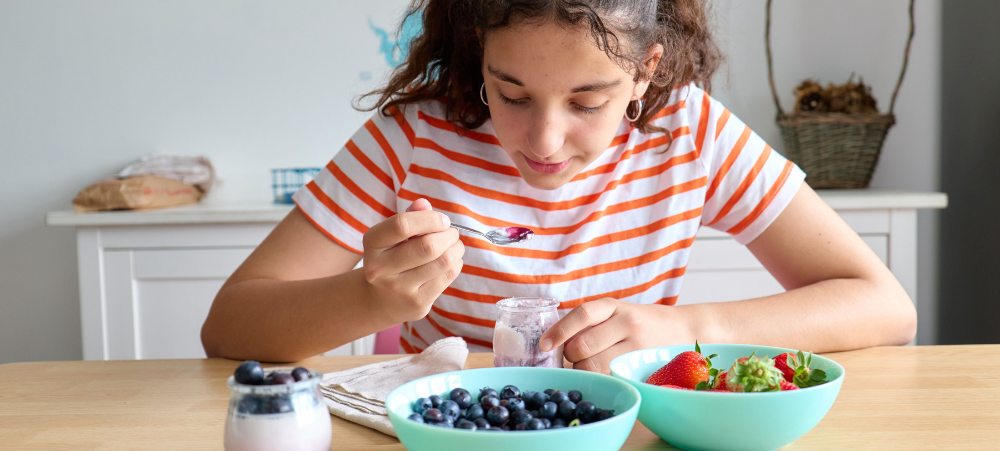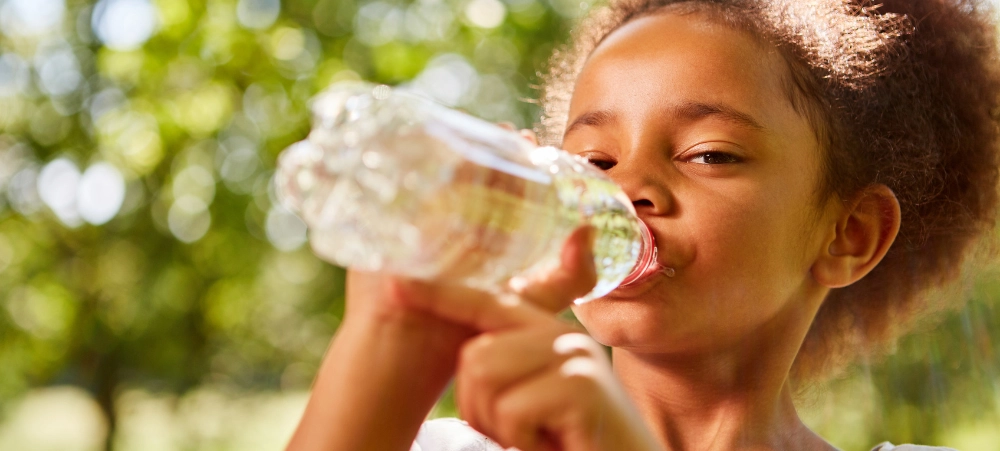Why awareness, prevention and treatment around low iron stores and anaemia are crucial for adolescents, teens and young adults

Anaemia cases have risen dramatically around the world over the past decade and it has become increasingly apparent that young people are amongst those most at risk. According to the World Health Organisation (WHO), anaemia affects nearly one-quarter of the world’s population, with adolescent girls being particularly vulnerable. In Africa, the prevalence of anaemia amongst teenagers has increased by nearly 15% in the past decade, with rates in sub-Saharan Africa among the highest globally at approximately 40% of adolescent girls.
Factors such as poor nutrition, heavy menstruation, increased physical activity, rapid growth and stress are some of the factors that experts cite as causing this spike of low iron stores and anaemia amongst teens. Patients suffering from anaemia will experience impaired energy levels, decreased cognitive function, and a decline in their overall well-being. In severe cases, extreme iron deficiency anaemia can lead to life-threatening complications, increasing the risk of heart failure and can weaken other vital organs. For school-goers, both male and female, low iron stores and/or anaemia can have a profound impact on memory, concentration and academic performance – and the simple reality is that these issues can be rectified through diet, appropriate supplementation and, where necessary, iron infusions.
IRON IT OUT is a new awareness campaign which launches this month. Developed by Sister Karin Davidson of the Cape Town Infusion Centre and Sister Pippa Hime of The Infusion Room, the campaign is a direct response to the dramatic increase in incidences of low iron stores and anaemia in teenage girls and boys seen in the sisters’ practices.
Together, Sisters Davidson and Hime have developed their framework of reaching teens through their Iron It Out campaign where they will provide an open and engaging forum for young people to learn about the symptoms of low iron stores and/or anaemia, how to prevent the condition, and importantly how to advocate for themselves with their caregivers and healthcare providers. “Iron deficiency anaemia is a silent epidemic robbing teens of their energy, focus, and potential. What makes it worse is that it’s entirely preventable and treatable with proper awareness and intervention,” says Sister Davidson. “Our mission is to equip young people with the knowledge and resources to take control of their health and future.”
“Low iron stores and anaemia are often straightforward to rectify, but it requires testing. That’s what we are encouraging young people to advocate for – to ask their parents, their GPs and their local clinics to screen for anaemia and to keep speaking up,” says Sister Hime.
NOTE SYMPTOMS – CHECK STATUS

“We say to all our patients – teens or otherwise – ‘fatigue and exhaustion are not normal’,” says Sister Hime. Other common and often overlooked symptoms of low iron stores and/or anaemia include mental fatigue, mouth ulcers, hair loss, headaches, poor sleep, paleness, shortness of breath, brittle nails, pica (craving non-foods), restless legs and cold intolerance.
“We know that low iron stores can contribute to depression and anxiety as well as impaired cognitive functioning – ultimately we are on a mission to help teens improve their quality of life so they can feel their best and do their best in every area of their lives,” adds Sister Davidson.
FIRST-PERSON SUCCESS STORIES
“Before learning about iron deficiency, I thought being constantly tired was just part of being a teenager,” says Jemma, now 21, “I asked my mom to have me tested and we were shocked at the results – it turned out I was severely anaemic. I’ve since had an infusion and now I understand my body so much better. I know how to keep my iron levels up through proper nutrition, health checks and when required supplementation.”
It’s these kinds of first-person accounts and the very real results seen in their practices that spurred on the pair to create the Iron It Out campaign. Between them, Sisters Davidson and Hime have over 20 years of expertise in this crucial field of healthcare and have built an impressive database of success stories through interventions and improved long-term management.
The Iron Out campaign includes:
- Educational workshops or webinars at schools across South Africa, featuring interactive content presented by healthcare professionals.
- Health screenings in partnership with local clinics and mobile health units.
- Distribution of educational materials including a unique Symptom Tracker Wheel to help teens identify warning signs.
By collaborating with schools and empowering learners with information they need to advocate for their health, the Iron It Out campaign hopes to make a significant contribution to improving future health outcomes, overall quality of life, as well as improved academic and sporting performance for local teens. With plans to roll out the campaign nationally, Sisters Davidson and Hime are on a mission – intent on helping create a better and healthier future for many more South African teenagers.
SIGN UP TODAY – IT’S 100% FREE
Know a school or organisation that would benefit from engaging in the Iron It Out campaign? email [email protected] or [email protected] to enquire and to book a workshop.
We understand that there are many aspects that encompass a Mother, Father or Child and strive toward providing resources and services that accommodates this.
Our content is aimed to inform and educate families on issues starting from pregnancy through to the challenges of the teen-age years.
- Tips for Breastfeeding in Public: Confidence and Comfort - November 20, 2025
- Eskort launches Kiddos: South Africa’s first pork range made just for kids - November 13, 2025
- Putting the Power of Learning in Learners’ Hands During Global Education Week - November 12, 2025





